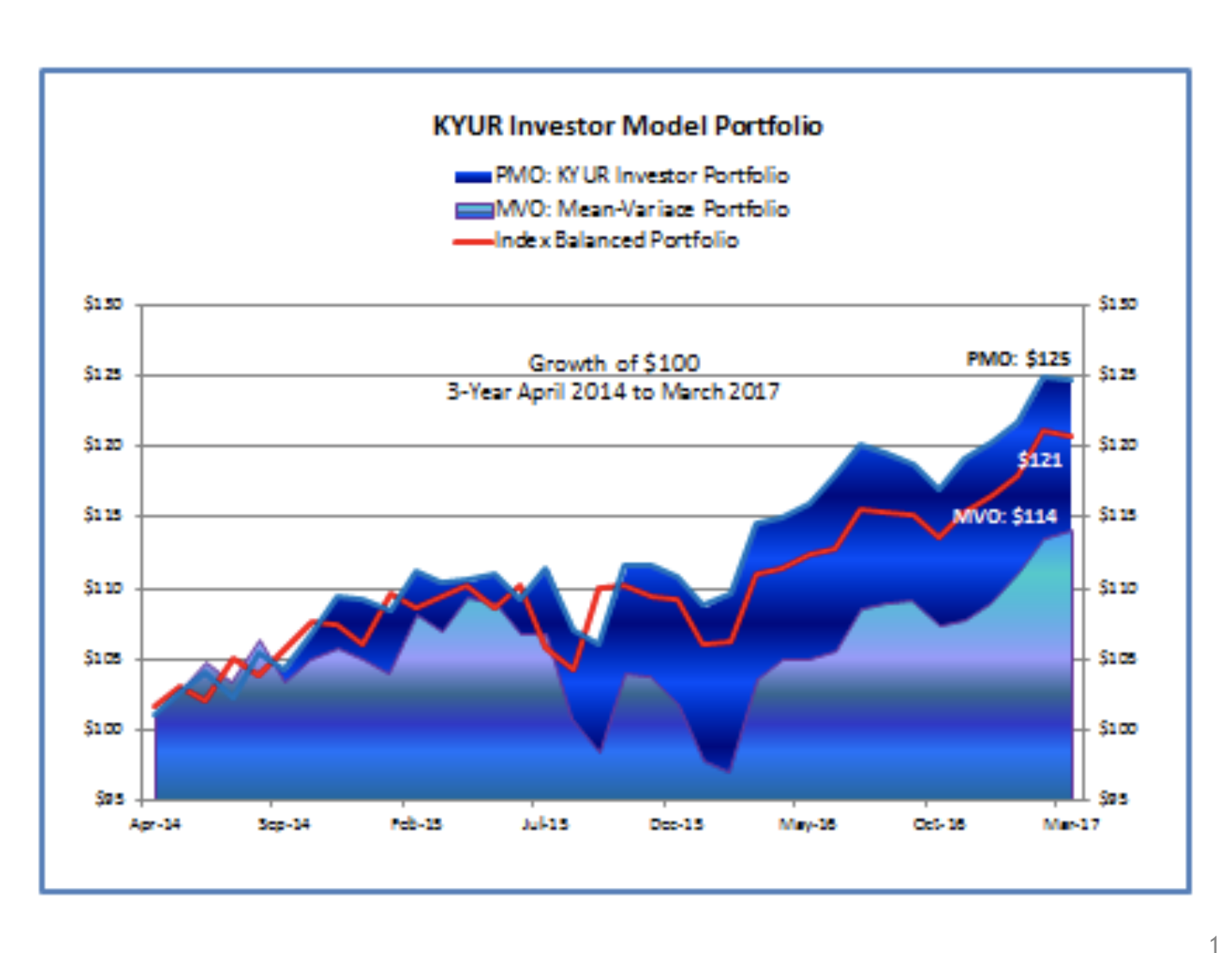The name Alfred Winslow Jones is associated with hedge funds perhaps as much as Nobel Laureate Harry Markowitz with Modern Portfolio Theory. In 1966, a “legend in financial journalism,” Carol Junge Loomis, an editor at Fortune, wrote about “the best professional manager of investors’ money these days.” She went on to cite Jones’ investment track record of 325 percent return for the five years ending May 1965, and explained why short selling and leverage can be used for “conservative ends”.
Not many hedge fund managers nowadays adhere to Jones’ teachings or come close to his performance. Many call themselves hedge funds simply because they charge high fees.
KYUR offers to qualified investors Long/Short Equity strategies that seek to protect investor capital from severe market downturns.
The Dollar-Neutral Long/Short Strategy invests equal dollar amounts on both the long/buy and short/sell sides. As such, the Strategy seeks to insulate the market’s impact on the portfolio.
What generates return for the portfolio, then?
 Driven by the PMO engine, the Strategy seeks out to buy those stocks that possess fundamental strengths and growth prospects that are selling at attractive prices. All stocks are screened through PMO proprietary risk reduction algorithms to calibrate their risks of capital losses. The stocks selected for their fundamental also must pass PMO criteria of acceptable risks of capital losses. Those stocks that do not qualify the risk controls are excluded, even if they have desirable return prospects.
Driven by the PMO engine, the Strategy seeks out to buy those stocks that possess fundamental strengths and growth prospects that are selling at attractive prices. All stocks are screened through PMO proprietary risk reduction algorithms to calibrate their risks of capital losses. The stocks selected for their fundamental also must pass PMO criteria of acceptable risks of capital losses. Those stocks that do not qualify the risk controls are excluded, even if they have desirable return prospects.
The nearly 4,000 stocks that comprise about 99 percent of the market are ranked according to the above two key factors: their fundamental strengths and their risks of capital losses.
The highest ranked stocks go into the long/buy side of the portfolio. The lowest are sold short in the short/sell side.
The long side of the Strategy holds between 25 to 40 stocks. The short side include up to 50 positions.
The Strategy generates positive return to the extent that the “long” stocks go up in value more than any gains registered by the “short” stocks. If the “long” side increases in value and the “short” side declines, the portfolio benefits even more, and vice versa. The history of KYUR Dollar-Long/Short Strategy is shown in the chart nearby.
KYUR Long/Short Equity Strategies are offered to Qualified Investors.
If you are a Qualified Investor, please fill out the certificate below to obtain more information before investing.
[iframe-popup id=”2″]


